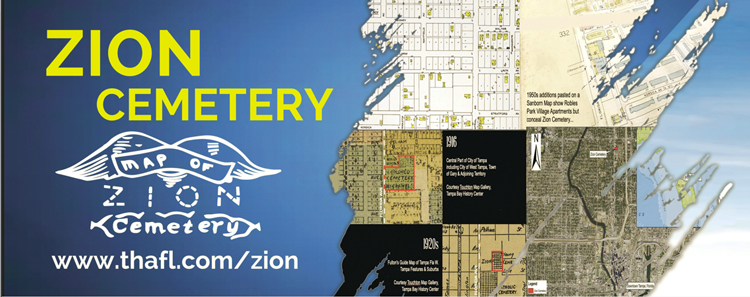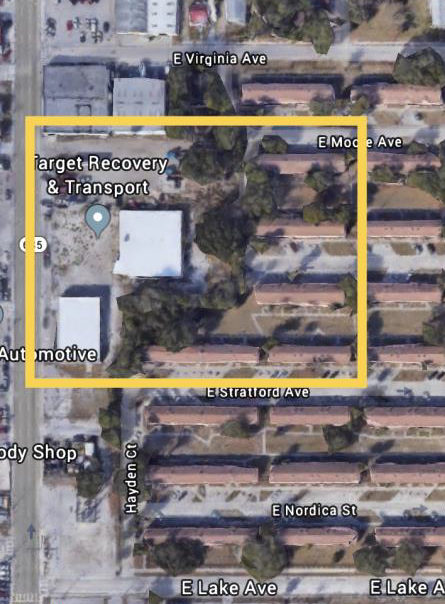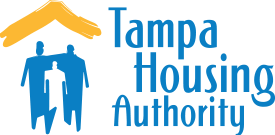Zion Cemetery

- About Zion
- Articles & Documents
- Zion Cemetery Advisory Committee
- Board Members
- Zion Cemetery Preservation and Maintenance Society
To explore other Zion news and similar erased cemeteries, click here to visit 10 Tampa Bay News.
Zion Cemetery Preservation and Maintenance Society are looking for Board Members.
We currently have 2 vacancies for lineal descendants of people buried at Zion Cemetery. If you have family members who were buried at Zion and would like to be considered for membership on the Board, please complete the "Expression of Interest" section of the application and email it to Amrita or email the ZCPMS Board for consideration. The deadline for consideration at the July 2021 Board meeting is July 9, 2021. But we will continue to receive applications until the positions are filled.
 |
Zion Cemetery, which is believed to be Tampa's first African American cemetery, was an approximately 2.5-acre cemetery created in 1901. According to recent investigative reporting by the Tampa Bay Times, Zion Cemetery was originally developed in 1901 by Richard Doby, a wealthy black businessman, who sold the cemetery in 1907 to a black-owned casket company. By the mid-late 1920s, Zion Cemetery was owned by white businessmen who parceled it out for development after reporting that the bodies had all been removed. |
In about 1949, the Tampa Housing Authority was assembling land for the development of Robles Park Village (Tampa's 6th public housing development) when it acquired either through purchase or eminent domain land of which approximately 1.5 acres turned out to be originally part of the Zion cemetery. During the construction of Robles Park Village in 1951, as reported in newspapers at that time, construction crews actually dug up three coffins in the vicinity of what is today N. Morgan Street and E. Moore Avenue in Robles. These three coffins were reported in the newspaper at that time as having human remains in them. There were no further known reports of any such findings or suspicion that the cemetery was not properly removed until the investigative news report by the Tampa Bay Times revealed sound reasons to suspect the bodies may not have all been removed.
In an effort to find facts to support this suspicion, the Housing Authority of the City of Tampa (THA), in June 2019, commissioned a Phase 1 Environmental Site Assessment to confirm the reporting around the location of Zion Cemetery. The Phase 1 Report did confirm that the 2.5-acre Zion Cemetery was originally located in the vicinity of what is today east of Florida Avenue and south of E. Virginia Avenue. Further, approximately 1.5 acres of what today is Robles Park Village encroaches on the original Zion Cemetery. Seeking further confirmation of whether bodies might still be present, the THA, in early July 2019 formed the Zion Archeological Advisory Committee and retained the services of archeologists with Cardno and FPAN (Florida Public Archeological Network) to recommend ways to confirm whether human remains are still interred at Zion and conduct further investigative work.
Faced with the fact that the site of Zion Cemetery had indeed been confirmed to be where it was reported as having been, THA on August 21, 2019, after consultation with the Zion Archeological Advisory Committee, ordered the relocation of the 5 buildings which encroach onto what we have confirmed as Zion Cemetery. The decision was that regardless of if the land still contained interred human remains or not, it was still land that is of significant historical importance to Tampa's history and should be preserved in some form of park or memorial cemetery. While relocation was ordered, there was still a need to confirm whether human remains were still interred beneath the site. Therefore ground penetrating radar (GPR) was used by Cardno and FPAN to ascertain results without disturbing the site. The results of the GPR were reported to the Zion Archeological Advisory Committee on August 30, 2019. That report informed that 126+ "anomalies" (which are presumed to be intact coffins) were visible at approximately 4-6 feet beneath the ground in the areas where the GPR was used. The GPR was used on approximately 30% of the 1.5-acre site, which is occupied by 5 of Robles Park Village's apartment buildings, and which coincides with the known property boundaries of the platted initially Zion cemetery.
The presence of human remains in the vicinity of this portion of Robles necessitates an urgency to relocate families residing in these 5 buildings elsewhere for two reasons. First, because families need to reside in housing that is decent, safe, sanitary, and wholesome, and the awareness of an active cemetery beneath these buildings is not considered wholesome or right, and we can do better for families. These families deserve to be housed in buildings which does not negatively impact their peaceful enjoyment, emotional and psychological well-being. And secondly, because this site is now considered historical, further archeological exploratory work needs to be conducted to resolve the anomalies and prepare the site as a future memorial cemetery, park or other respectful use deserving of its significance to the citizens of Tampa; relocation is deemed necessary.
It is THA's commitment, and the wishes expressed by the Zion Archeological Advisory Committee, that the land where Zion still exists will not be reoccupied after relocation. But that these buildings will eventually be demolished so that the land may once again become Zion Cemetery and permanently preserved as such. If the opportunity exists to reacquire the remainder of Zion from the adjacent property owners, rigorous efforts should be expended to do so. It is well known that Robles Park Village is soon to be redeveloped. As planning commences for the redevelopment in the coming years, the reconstituted Zion Cemetery can become a community treasure, and planning should include creating pedestrian linkages to memorial Zion Cemetery so that it becomes an amenity in the community and not an isolated parcel to itself. THA remains committed to that goal and seeks the support of other partners in that effort.



